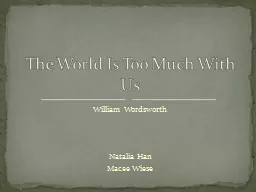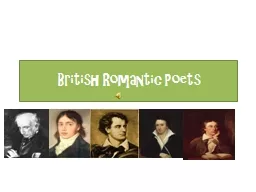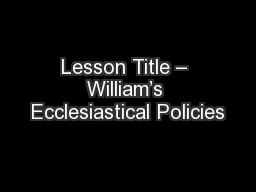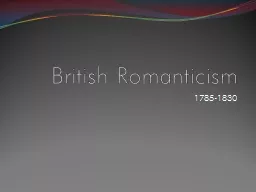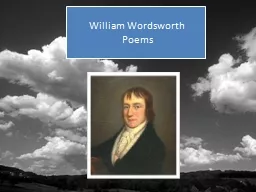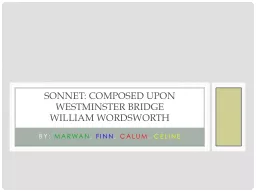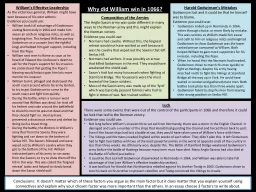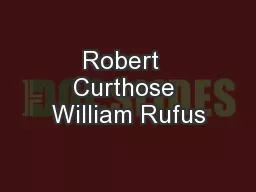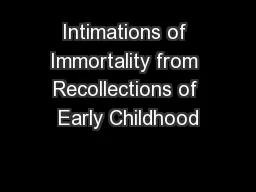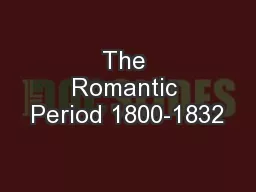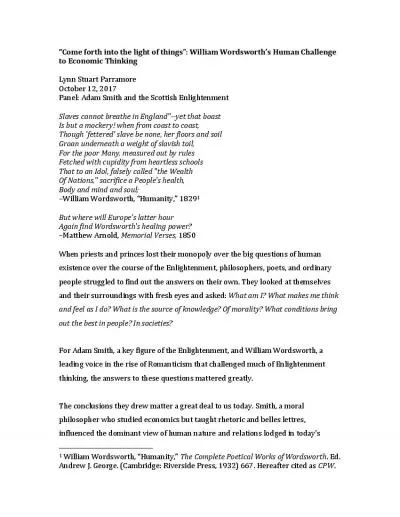PPT-William Wordsworth
Author : celsa-spraggs | Published Date : 2016-07-16
Natalia Han Macee Wiese The World Is Too Much With Us The world is too much with us late and soon Getting and spending we lay waste our powers Little we see in
Presentation Embed Code
Download Presentation
Download Presentation The PPT/PDF document "William Wordsworth" is the property of its rightful owner. Permission is granted to download and print the materials on this website for personal, non-commercial use only, and to display it on your personal computer provided you do not modify the materials and that you retain all copyright notices contained in the materials. By downloading content from our website, you accept the terms of this agreement.
William Wordsworth: Transcript
Download Rules Of Document
"William Wordsworth"The content belongs to its owner. You may download and print it for personal use, without modification, and keep all copyright notices. By downloading, you agree to these terms.
Related Documents

